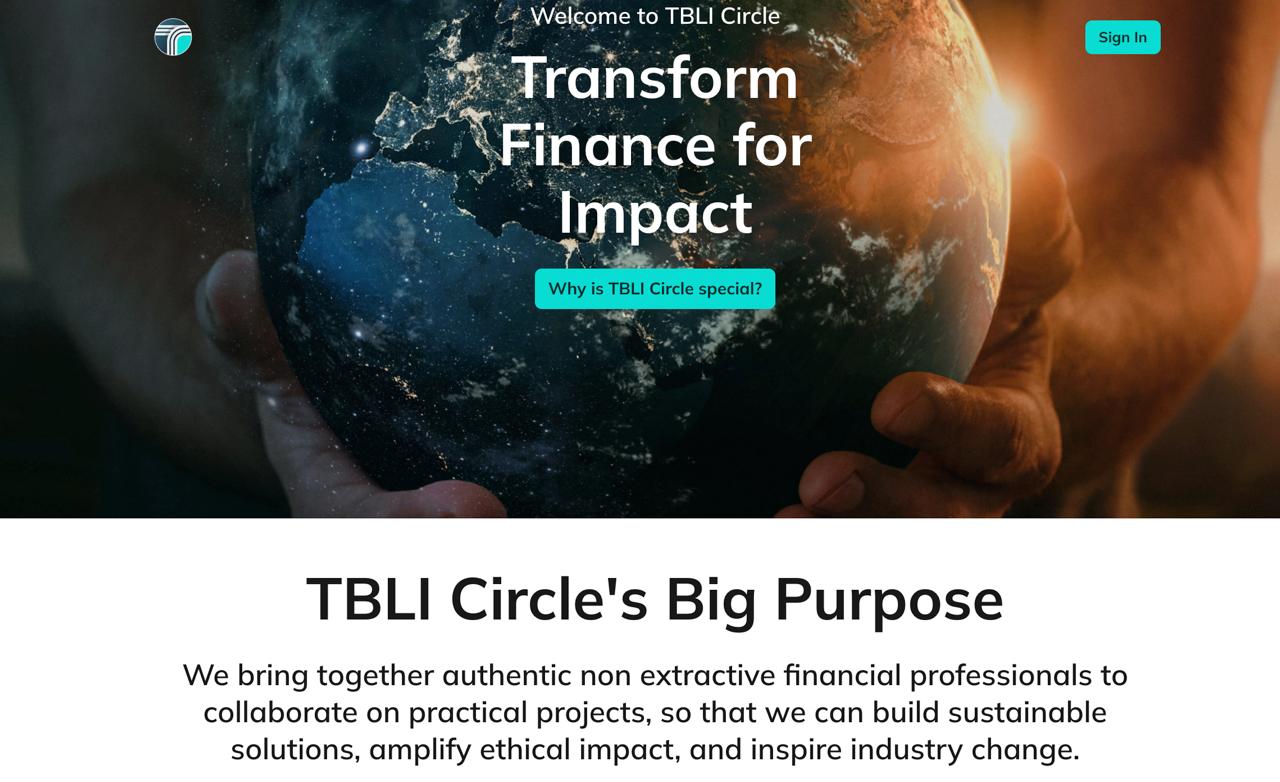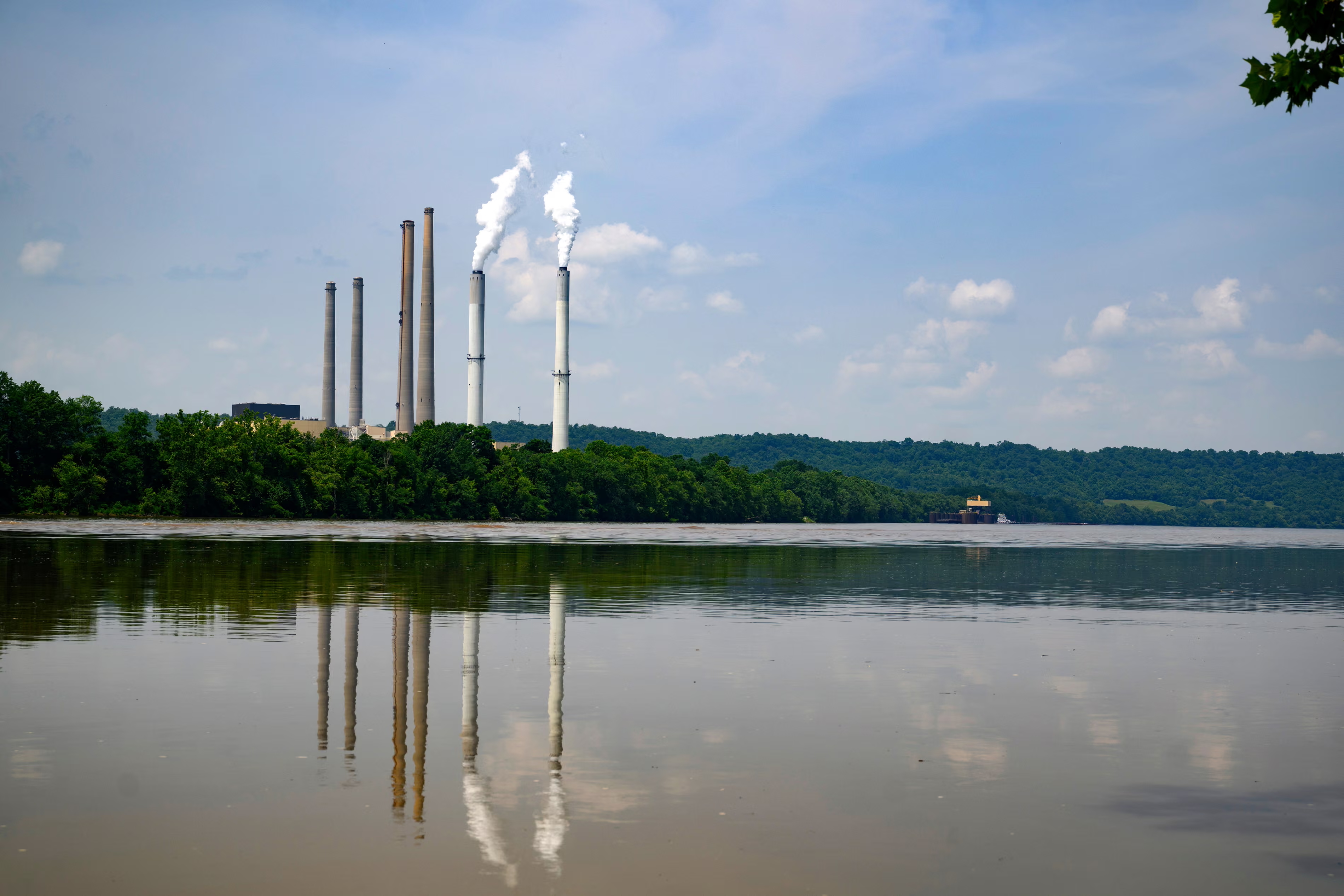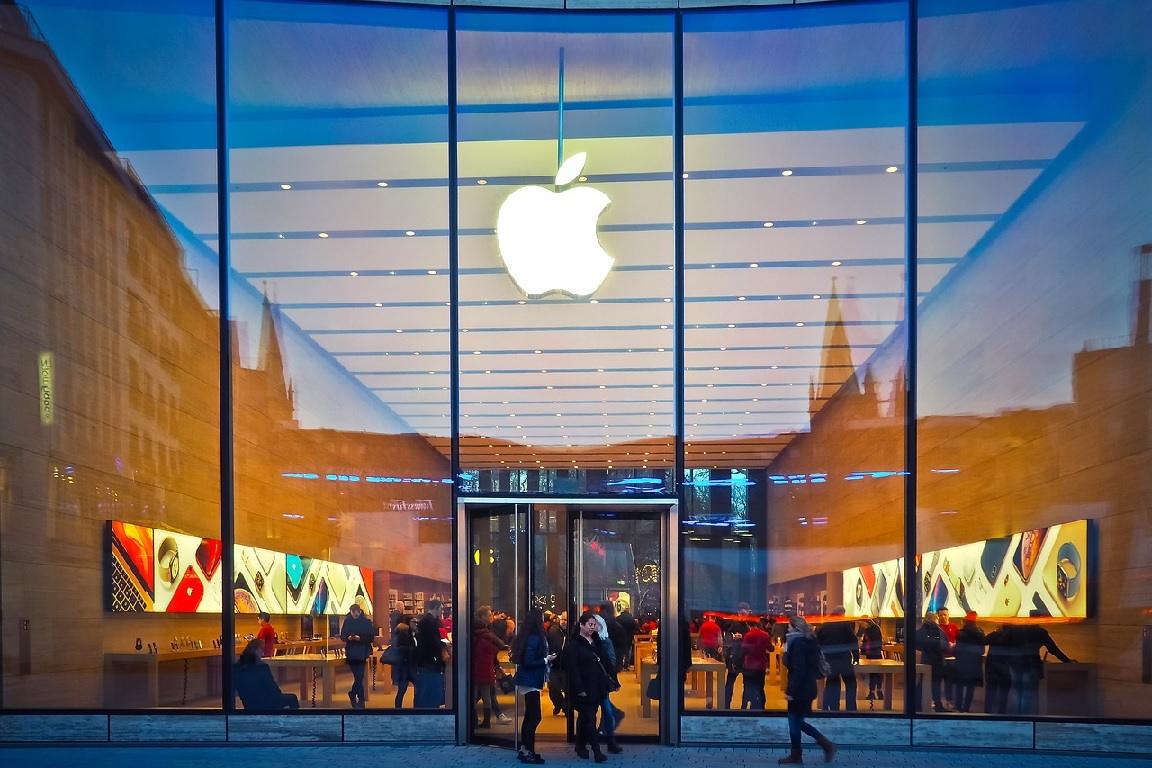 |
|
Author: Robert Rubinstein |
Your weekly guide to Sustainable Investment |
|
|
 The Fairy Tales Your Owners Sell You (And Why You Keep Buying Them)Robert Rubinstein
|
Trump administration spending $625m to revive dying coal industryWhite House allocating 13.1m acres of public land to coal mining, which has been on rapid decline over past 30 years By:Dharna Noor The White House will open 13.1m acres (5.3m hectares) of public land to coal mining while providing $625m for coal-fired power plants, the Trump administration has announced. The efforts came as part of a suite of initiatives from the Department of the Interior, Department of Energy, and Environmental Protection Agency, aimed at reviving the flagging coal sector. Coal, the most polluting and costly fossil fuel, has been on a rapid decline over the past 30 years, with the US halving its production between 2008 and 2023, according to the Energy Information Administration (EIA). “This is an industry that matters to our country,” interior secretary Doug Burgum said in a livestreamed press conference on Monday morning, alongside representatives from the other two departments. “It matters to the world, and it’s going to continue to matter for a long time.” Coal plants provided about 15% of US electricity in 2024 – a steep fall from 50% in 2000 – the EIA found, with the growth of gas and green power displacing its use. Last year, wind and solar produced more electricity than coal in the US for the first time in history, according to the International Energy Agency, which predicts that could happen at the global level by the end of 2026. Despite its dwindling role, Trump has made the reviving the coal sector a priority of his second term amid increasing energy demand due to the proliferation of artificial intelligence data centers. “The Trump administration is hell-bent on supporting the oldest, dirtiest energy source. It’s handing our hard-earned tax dollars over to the owners of coal plants that cost more to run than new, clean energy,” said Amanda Levin, director of policy analysis at the national environmental non-profit Natural Resources Defense Council. “This is a colossal waste of our money at a time when the federal government should be spurring along the new energy sources that can power the AI boom and help bring down electricity bills for struggling families.” The administration’s new $625m investment includes $350m to “modernize” coal plants, $175m for coal projects it claims will provide affordable and reliable energy to rural communities, and $50m to upgrade wastewater management systems to extend the lifespan of coal plants. The efforts follow previous coal-focused initiatives from the Trump administration, which has greenlit mining leases while fast-tracking mining permits. It has also prolonged the life of some coal plants, exempted some coal plants from EPA rules, and falsely claimed that emissions from those plants are “not significant”. The moves have sparked outrage from environmental advocates who note that coal pollution has been linked to hundreds of thousands of deaths across the past two decades. One study estimated that emissions from coal costs Americans $13-$26bn a year in additional ER visits, strokes and cardiac events, and a greater prevalence and severity of childhood asthma events. |
Indigenous nations grapple with the trade-offsThe Yurok Tribe has earned tens of millions from offsets, but critics say carbon markets perpetuate colonialism and allow companies to pay to pollute.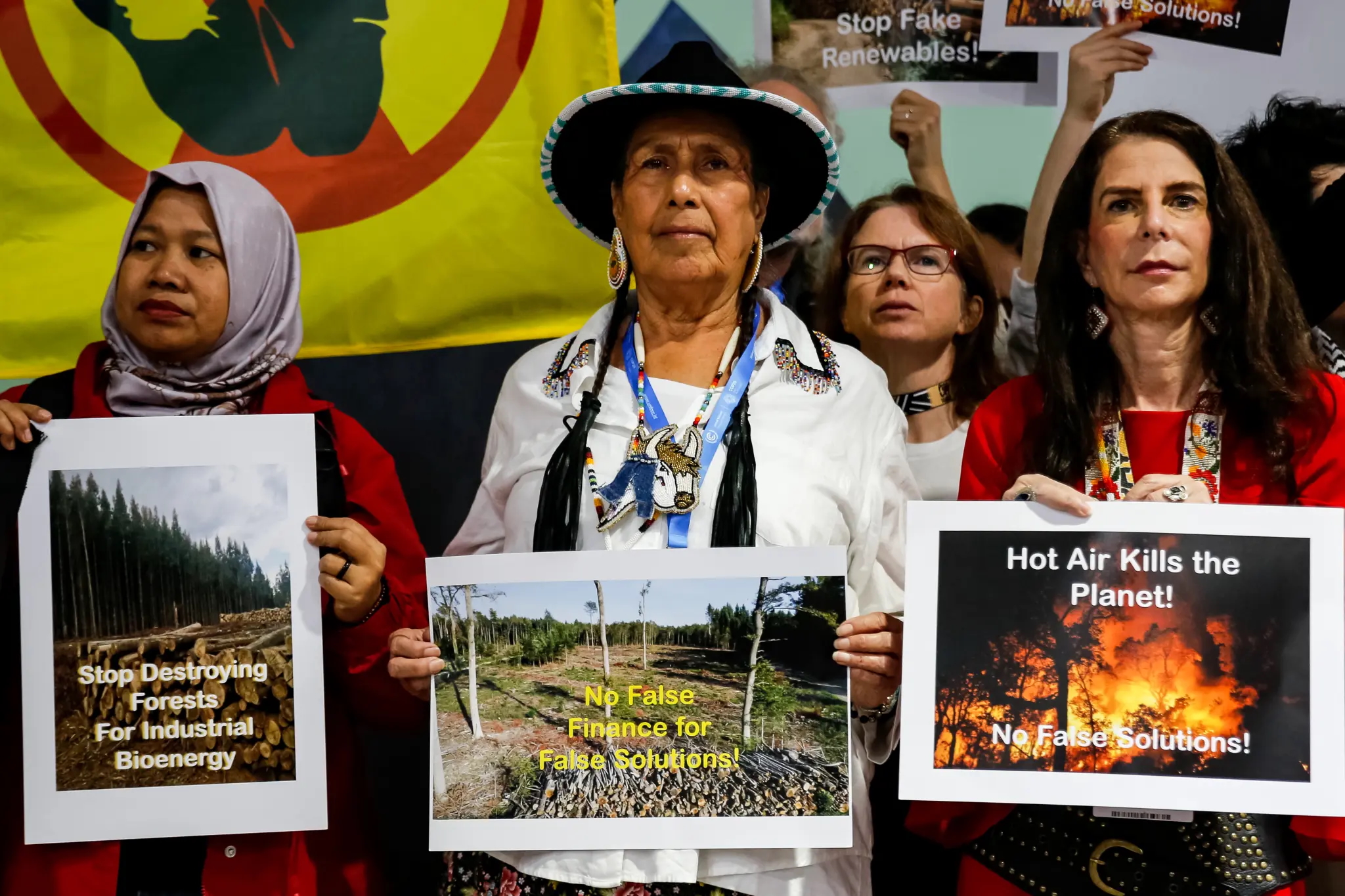 Dominika Zarzycka / SOPA Images / LightRocket via Getty Images In 2013, California launched its cap-and-trade program, a carbon credit market that allows companies and governments to engage with offset projects that incentivize investments in planting trees, preserving forests, or even supporting solar farms. The idea is to reduce or offset greenhouse gas emissions by purchasing credits for nature-based projects. Initially, the Yurok Tribe expressed interest in joining the program. The market would provide additional revenue and would enable the Yurok to play an additional role in addressing climate change. But Frankie Myers, an environmental consultant for the tribe and former vice chairman, had doubts. “This idea of ‘you can pay to pollute’ was something that I was very, very concerned about,” he said. “I was very concerned with how that lined up with our cultural values as a tribe.” The Yurok Tribe’s carbon offset project in Northern California includes 7,600 acres of a tribally-managed forest: mature evergreen, fir, and redwood trees, ideal for carbon sequestration. When the Yurok joined the state’s program in 2014, private consultants and brokers oversaw the project due to the tribal nation’s limited funds, removing the tribe’s ability to manage the forest in a way that aligned with Yurok values. Four years later, revenue began to climb and the nation took over management. It was then that Myers began to see the benefits of a tribal-led carbon offset project. Since the Yurok Tribe joined the cap-and-trade program, at least 13 Indigenous nations in the U.S. have launched their own offset projects on California’s marketplace. Originally, the program was slated to end this year. However, last week, California Governor Gavin Newsom extended the state’s cap-and-trade program until 2045. The “action comes as the Trump administration continues its efforts to gut decades-old, bipartisan American clean air protections and derail critical climate progress,” Newsom’s office said. Before its offset project, the tribal economy for the Yurok Nation relied on discretionary funds from the federal government and gaming revenue, but Myers said that the tribe has now received tens of millions of dollars in carbon credit sales, boosting its economy and funding environmental projects like recovery work on the Klamath River in the wake of dam removal. But critics of carbon markets remain staunchly opposed to the programs, alleging that the scheme perpetuates colonialism, incentivizes the theft of Indigenous resources, and allows companies to essentially pay to keep polluting without having to change their activities. Even today, Myers agrees. “I do think the concerns they bring up with carbon offsets are absolutely valid, 100 percent,” he said. “I think we do fully grasp the concerns that organizations have with carbon offsets and having seen the market from the inside, they have valid concerns.” According to a 2023 report on carbon markets by Landesa, a nonprofit focused on land rights around the world, offset projects can have negative impacts on Indigenous communities, including displacement and land dispossession. In Brazil, tribes near the Amazon have experienced “green land grabs” driven by carbon offset projects. In Kenya, a soil-storing project with investments from Meta and Netflix has reportedly uprooted the traditional pastoralist culture of Indigenous Kenyans, including Maasai, Samburu, Borana, and Rendille, near the site. Reports like this have led Landesa to provide recommendations on proposed legislation in Kenya such as the Natural Resources Bill, which clarifies the rights local communities have over land resources. However, Juan Robalino, one of the report’s authors, said that carbon markets, if done right, are beneficial for communities committed to environmental stewardship. “The influence of Indigenous people and local communities in this space of carbon markets has been action from governments, per se, to set up regulatory frameworks regarding carbon rights as well as carbon trading,” he said. Alongside the efforts to ensure credits possess environmental integrity — that is, if projects actually promote carbon offsets — Robalino noted that social integrity, or how these projects impact communities, is a recent demand by market participants and “related to respecting the rights of the community [and] thinking more about moving from principles to actually actionable actions, setting up processes, systems, mechanisms that actually take these principles and put them on the ground.” Both Robalino and Myers think regulation is the best way to minimize harm toward Indigenous groups on both the sellers’ and buyers’ ends. Myers wants higher carbon pricing as a way to enact better controls on what type of project is sold on the market and for companies to reflect a deeper commitment to mitigating climate change than satisfying net zero pledges. According to Robalino, there is no mechanism to regulate carbon markets at the international level. The upcoming U.N. climate conference, known by the abbreviation COP30, may address this, but advocates such as the Indigenous Environmental Network have called for a moratorium on carbon markets repeatedly, representing an ongoing and growing resistance to how these programs impact Indigenous communities. However, in Canada’s British Columbia, First Nations including the Council of the Haida Nation manage forest carbon projects from an Indigenous-led conservation framework. In Australia, the government’s Carbon Farming Initiative supplies credits to Aboriginal farmers who utilize traditional knowledge of land management. For tribes interested in launching their own projects, Myers has three points of advice. “You have to have ownership of it. You have to have control of it, and become a hyper-focused organization on who you’re partnering with and who you’re selling to,” he said. “Don’t move away from your traditional values at whatever cost.” |
Apple Launches Project to Restore Forests, Generate Carbon Credits
Under the project, Apple has invested in the long-term restoration and sustainable management of the Gualala River Forest in Mendocino County, California, part of a large stretch of coastal redwood forestland housing hundreds of wildlife species and economically supporting communities across California’s northern coast. The new initiative is being launched in partnership with U.S.-based nonprofit The Conservation fund, which buys at-risk forests and other landscapes to safeguard them from degradation. Under the partnership, The Conservation Fund will continue sustainably managing the forest, and Apple will receive the carbon credits generated by the forest’s growth over time. The new forest project forms part of Apple’s Restore Fund initiative. Launched in 2021 by Apple and partners Conservation International and Goldman Sachs, the Restore Fund was established to encourage investment to protect and restore ecosystems and scale natural carbon removal solutions. The initiative was expanded in 2023 with the launch of a $200 million fund managed by Climate Asset Management aimed at supporting carbon removal projects, and again in 2025 with additional direct investments from Apple in nature-based projects in the U.S. and Latin America, while Apple suppliers TSMC and Murata have also invested in the fund. To date, Apple has invested in two dozen conservation and regenerative agriculture projects across six continents through the Restore Fund. According to Apple, the investments form part of the company’s goal to be carbon neutral across its footprint by 2030, including a target to reduce its global emissions by 75%, on a 2015 basis, and to use credits from high-quality carbon removal projects – with priority given to nature-based solutions – to balance the remaining emissions. Apple said that it has already surpassed a 60% emissions reduction on the way to its 2030 goal, and that the company and its suppliers are aiming to remove 9.6 million metric tons of carbon from the atmosphere annually through carbon removal projects by 2030. Lisa Jackson, Apple’s Vice President of Environment, Policy, and Social Initiatives, said:
|
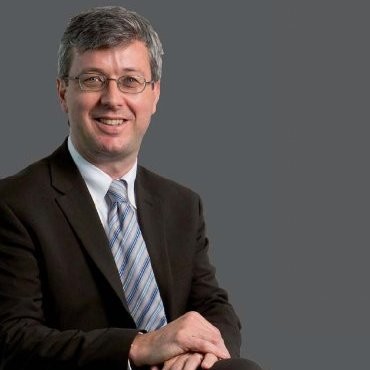

.jpg)
